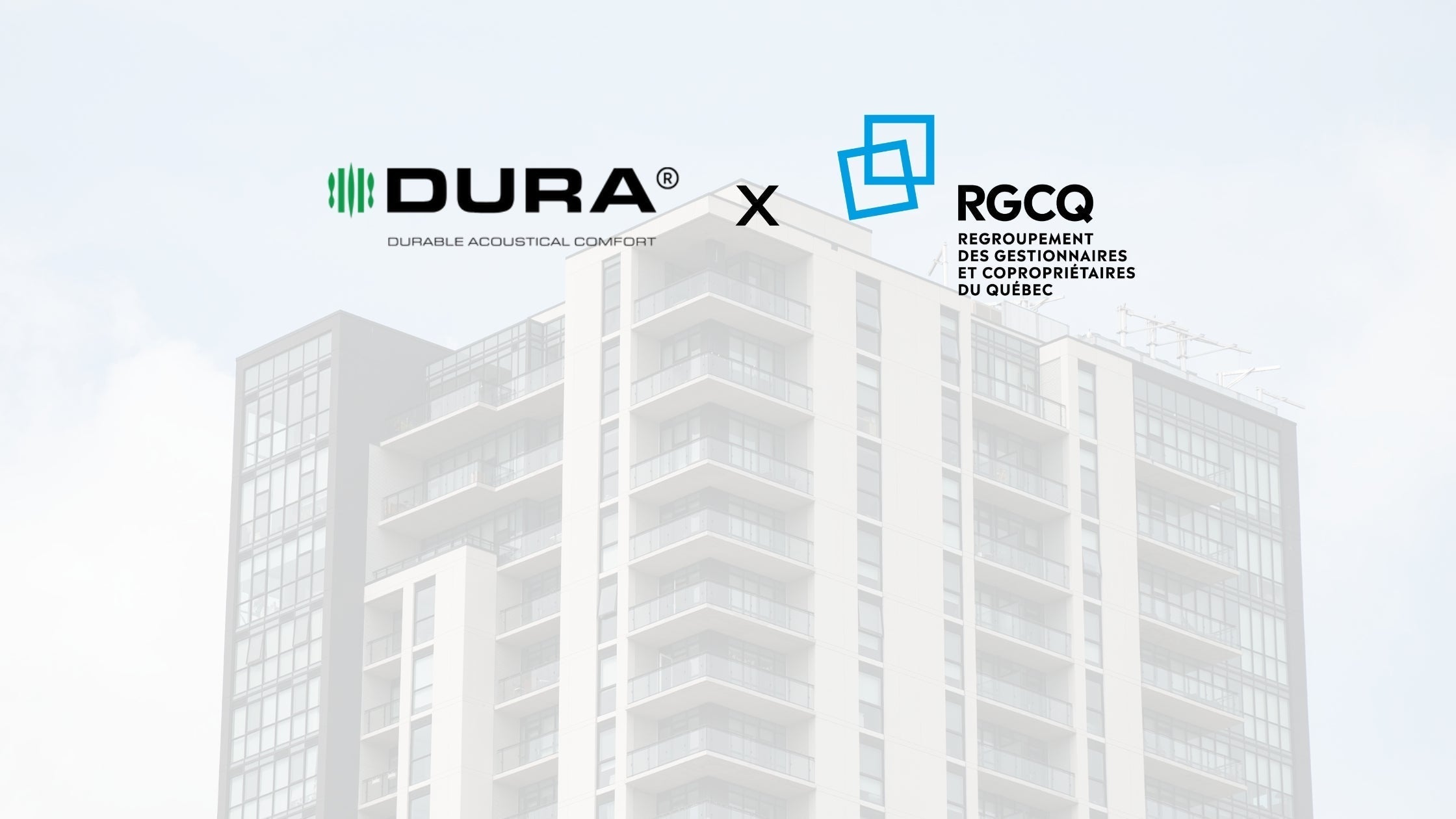Click Lock Vinyl Flooring: A Versatile and Easy-to-Install Flooring Solution
Click lock flooring has grown in popularity among construction professionals due to its ease of installation and variety of material alternatives. Whether you're looking for vinyl, tile, engineered hardwood, or another type, click lock flooring provides a versatile solution. But what is click lock flooring, and is it the best option for your next project? This guide will cover all you need to know, including installation advice, moisture barriers, and underlayment needs.
What Is Click Lock Flooring?
Click lock flooring refers to planks or tiles that click together without the use of nails or adhesive. The "click" method holds the planks in place, ensuring a secure fit that floats above your flooring.

Common Options Include:
- Click lock vinyl plank
- Click lock engineered hardwood
- Click lock vinyl tiles
This type of flooring is perfect for DIY enthusiasts because it doesn't require advanced tools or adhesives for installation. You can easily install it over various subfloors such as concrete and plywood.
Is Click Lock Flooring Good?
Click lock flooring provides numerous advantages, making it an excellent choice for both residential and commercial applications. Here are some of the major reasons why click lock flooring is regarded positively:
- Easy Installation: One of the most appealing features is the ease of installation. There is no need for glue or nails, so the method is quick and straightforward.
- Durability: Click lock flooring, particularly vinyl and engineered hardwood, is extremely durable and can sustain high foot traffic.
- Moisture Resistance: Vinyl click lock flooring is often waterproof, making it ideal for places prone to spills or moisture, such bathrooms and kitchens.
For places with high moisture levels, it is critical to match click lock flooring with a moisture barrier, particularly on wood subfloors.
Do You Need Underlayment for Click Lock Flooring?
Yes, underlayment is advised for most click lock flooring installations, particularly to improve the soundproofing, comfort, and durability of your floor system. Dura Undercushions offers underlays that have been tested by independent acoustical facilities, providing the highest IIC ratings in the market.
If you’re installing a click lock luxury vinyl plank, you’ll want a dense, closed-cell rubber underlayment like Duraquiet 3mm for optimal performance. Duraquiet 3mm passed the rigorous Robinson Test, demonstrating exceptional durability by withstanding both residential and commercial traffic circumstances, assuring long-term support and stability for your flooring system.

A high-performance rubber underlayment adds comfort underfoot and is compatible with radiant heat flooring systems, making your flooring more comfortable year-round.
What Should You Lay Under Click Lock Flooring?
Rubber Underlayment: Rubber is ideal for click lock flooring as it provides unmatched resilience, superb sound insulation, and exceptional moisture resistance. Learn more about the unique properties that set rubber apart from foam, felt, and cork.
How Soon Can You Walk on Click Lock Vinyl Plank Flooring?
One advantage of click lock flooring is that it is suitable for light foot traffic right after installation. Because no glue or nails are used, there is no drying or curing time, allowing you to walk on your newly placed click lock vinyl plank flooring as soon as the final plank is snapped into place.
Is Click Lock Flooring Better Than Glue-Down Flooring?
The decision between click lock and glue-down flooring is mostly dependent on your project’s requirements. Here are some factors to consider:
Click Lock Flooring:
- Easier and faster to install, especially for DIY projects.
- Requires no adhesives, making it a cleaner installation process.
- Can be uninstalled and reinstalled without damaging the planks.
Glue-Down Flooring:
- Provides a firmer, more permanent fit.
- May be more suitable for areas with extreme moisture or heavy loads.
- Generally better for large, commercial spaces where durability is a priority.
Do You Have to Nail Click Lock Flooring?
No, you don't need to nail click lock flooring. The design of click lock systems eliminates the need for nails or glue, making it one of the easiest flooring options to install. The "click" mechanism firmly locks one plank to the next, resulting in a floating floor that lies atop your rubber underlayment.
Do You Have to Nail the Underlayment to the Subfloor?
Avoid stapling the underlayment to the subfloor, as this will diminish the acoustical properties of your flooring. With Dura’s rubber underlayment, stapling is unnecessary because the material naturally grips to the subfloor, ensuring optimal performance.

Final Thoughts: Why Choose Click Lock Flooring?
Click lock flooring is a great choice for anyone seeking an easy-to-install, long-lasting, and versatile flooring solution. Whether you choose vinyl, tile, or engineered hardwood, this type of flooring paired with a rubber underlayment provides long-term beauty and performance. To get the most out of your click lock flooring, make sure to couple it with the appropriate underlayment from Dura Undercushions.
















